Keeping Away from The Virus
Since my last travel related post, there has been a wave or two of the COVID-19 Coronavirus in Australia. And it still isn’t under control in some parts of Australia. So when I booked three weeks of annual leave for September, and considered what to do on that annual leave I wasn’t sure what to do. I didn’t want to go on railway or bus journey. And I no longer have a working bicycle to go on a bicycle tour. However, Rebecca also booked a week of leave for the first week of my leave. And the plan was that we would go somewhere as a family. But where? The whole state of Victoria had been in stage 3 or 4 lockdown for a month, and as Victoria had a major resurgence of the virus we didn’t want to go there. And we couldn’t anyway without having to self-isolate for 14 days on our return home. Sydney also had a few virus hotspots as did some areas along the New South Wales coast, so we didn’t want to go to those places either. But pretty much anywhere is NSW apart from those already mentioned was a possibility. It was finally decided that we would go to Bathurst for 6 days.
Sunday 6th September
We left home on Sunday, travelling via Wagga Wagga, Junee, Cootamundra, Young and Cowra (including a visit to the Lachlan Valley Heritage Centre, see my Jim’s Model Trains website for information about that), including a bit of a ‘cook’s tour’ between Cowra and Bathurst, via Wyangala Dam.
Monday 7th September
Our first full day at Bathurst was filled in with a visit to the visitor information centre, followed by a scenic drive to 3 old gold mining towns: Wattle Flat, Sofala and Hills End. All three towns, while fairly close to each other, had a quite different history to explore.
Wattle Flat
This village was originally a farming community before it became a boom town in 1855 when gold was discovered there. The town had 5 hotels, 2 stores, 2 schools and 2 churches. There is a historical reserve on the edge of the town which has displays of old mining equipment and interpretive signage. The cemetery has headstone dating back to the 1800s.
Sofala
Sofala is a town nestled in the Turon river valley, and is Australia’s oldest surviving gold rush town. It has a very definite charm to it, with may old buildings and loads of character. It reminded me of the township of Mitta Mitta in the north east of Victoria. But some of the buildings, although old in style, seemed quite new so I wasn’t quite sure whether some of the buildings were actually old or more recently built old-looking ones. Today, Sofala is a fairly small, quiet, laid back kind of town. But in it’s heyday in the 1850s it stretched 16km along the Turon river valley and had a population of 40,000. After exploring the town for a while, we drove up the valley, and it was interesting to see what seemed like patches of old mining areas along the valley.

Sofala, Old Bridge Pier 
Sofala, Old Building 
Sofala 
Sofala, Old Building 
Sofala, Old Building 
Sofala, Old Building 
Sofala, Old Building 
Sotala Footbridge
The first discovery of gold in New South Wales was at Ophir, near Orange. But gold was discovered at Sofala soon after. In contrast to Ophir, of which there are no remains today, Sofala continues albeit in a much smaller size than during its heyday.
Why the name Sofala? Sofala is not an English, European or Aboriginal name. But African. According to Wikipedia, Sofala in Africa is currently known as Nova Sofala, and used to be the chief seaport of the Mwenemutapa Kingdom located in present day Mozambique. It was founded by Somali merchants and seafarers and literally means “go dig”, a name given apparently because of the area’s richness of resources. One of the oldest harbours documented in Southern Africa, medieval Sofala was built on a wide estuary formed by the Buzi River (called Rio de Sofala on older maps). The Somali merchants from Mogadishu established a colony in Mozambique to extract gold from the mines in Sofala. Sofala’s subsequent position as the principal intermediary trade centre and transhipment port of the Mwenemutapa gold trade prompted Portuguese chronicler Thomé Lopes to identify Sofala with the Biblical Ophir and its ancient rulers with the dynasty of the Queen of Sheba. Alternately, in the late 1800s and early 1900s, Augustus Henry Keane argued that Sofala was the Biblical Tarshish, although both those notions have now been discarded. It seems that the name Sofala was chosen to indicate richness, as Ophir, another ancient name denoting richness, was already taken by a nearby town.
Hill End
Before it’s gold rush which started in 1871, Hill End was a small rural village. But after the discovery of gold there, it became one of the largest inland towns in New South Wales. The gold rush was brief and after the miners had left the town the village returned to it’s former lifestyle. Hill End’s claim to gold fame is the discovery there of the Holterman nugget – the largest mass of gold found in Australia weighing 286kg and yielded 3000 ounces of gold.
There are a number of lookouts around the town, each of them giving a different view. The Bald Hill lookout gives good views over the township. The Beaufoy Merlin’s lookout gives good views over the Hawkin’s Hill mines, which were the main area of mining in the 1870s. Even today, there seems to be some mining activity going on at the bottom of that hill. The Kissing Point lookout is on the top of the ridge above Hawkin’s Hill and looks across the steep valleys on the edge of the valley the town is situated in.

Hospital, Hill End 
Old Machinery, Hill End 
View of town from Bald Hill, Hill End 
View from Bald Hill, Hill End 
Split Rock, Hill End 
View across to hills where many mines were situated, from Merlins Lookout, Hill End
In it’s heyday, Hill End had it’s fair share of shops and businesses including:
- A cordial factory.
- Jewelry store.
- Boot shop.
- Butchers shop.
- Mining Registrar.
- A sizable Hospital.
- 4 churches.
Like many small country towns, the local quirkiness is not far from the surface.

‘Hill End Uber’ 
‘Hill End Hilton’
Tuesday 8th September
Today it was decided that we would visit the Taronga Western Plains Zoo, in Dubbo. This zoo is rather large in area, and is best experienced either on a bicycle, golf cart or in a car as the exhibits are spread out over a 5km trail. It has the usual zoo residents such as lions, tigers, zebras, elephants and giraffes. But there were some animals there that I don’t think I had ever seen before, at least not in the flesh. And I found the day was informative and interesting because of that. The animals I don’t think I had seen before were:
- Eland
- Siamang
- Barbary Sheep
- Greater One-Horned Rhinoceros
- Banteng
- Blackbuck
- Addax
- Bongo
Other interests on the visit were a baby Hippopotamus, and a baby / young Asian Elephant.
Wednesday 9th September
Today, we saw two of Bathurst’s attractions: the Railway Museum, and Abercrombie House. Information on the Railway Museum can be found on my Jim’s Model Trains website.
Abercrombie House is really an impressive mansion, built in the Scottish Baronial style. Building of the mansion commenced in 1869, and in 1878 the mansion was finished and James Stewart and his family moved into it. At that time, the mansion was known as Stewart’s Mount and the property, some 15,000 acres in size was known as the Mount Pleasant Estate. James Stewart and his family lived in the house for 42 years. In 1927, Athol Stewart, one of James Stewart’s sons, had closed up the mansion, sold the contents and moved away.
In 1939, Athol Stewart put the house and 50 acres of land in the hands of the Federal Government for use during the Second World War for the “princely” (not) sum of 1 pound a week. Until 1942 the house stood empty. But in 1942 the Australian Women’s Land Army arrived in Bathurst to harvest asparagus and up to 90 ‘land girls’ lived in the house during those harvests until 1944. In the years following the war, vandalism, damage and neglect took their toll on the mansion and outbuildings.
From 1951 to 1962, James River Stewart embarked on renovating and refurbishing the mansion and establishing it as a research retreat for post-graduate archeology students from the University of Sydney. In 1962, James River Stewart died, but his widow continued to live in the house. But it became clear that to maintain the house would require ‘a lifetime of work’. In 1969 it was sold to Rex Morgan and re-established as a family home, and was then given the name it has today – Abercombie House. Since then the mansion has been undergoing gradual renovation.
Thursday 10th September
Our first activity was staring at rocks and fossils and other old things at the Bathurst Fossil and Mineral Museum. This museum is housed in an old public school building in the Bathurst shopping precinct and includes various types of rocks, minerals and crystals, and a skeleton of a T-Rex and a slightly smaller but similar looking theropod dinosaur.
Then we boarded our automobile for some more exploring in comfort cocooned from the freezing cold wind that was blowing. Many kilometres were travelled through very similar scenery, punctuated by a few interesting bits.
Bit 1 was the Tarana Railway Station. More about that on my Jim’s Model Trains website.
Bit 2 was a corrugated iron country church. The church was called St Aidans, in the serene and somewhat small village of Black Springs.

Bit 3 was the village of Rockley, a quiet little village which has been listed by the National Trust as a Historic Village. The first European to visit the area later known as Rockley was Surveyor Evans, who camped there in 1813. Land grants were made to various people in the ensuing years, one in 1829 to Captain Watson Augustus Steel being nearly 2000 acres in size. Captain Steel named his grant Rockley after his birthplace in Wiltshire, England, which later became the name of the township. The Government Gazette had a notification of the establishment of Rockley in 1851.
In 1864, Ebenezer Stranger built the Flour Mill, which still stands today. Various other substantial buildings were also built 1862 and 1912. Many of the town’s buildings are considered to be of National and State significance.

At one stages, the town had several hotels (not unusual for an Australian town) two general merchants, a barber, butcher, baker, as well as fruit stores and a billiard hall. Once can imagine being quite a bustling place in it’s heyday. Today, while many of the buildings still exist, it appears more like a quiet and peaceful village.
Hebrew Personal Names
Hebrew Place Names
You May Also Like
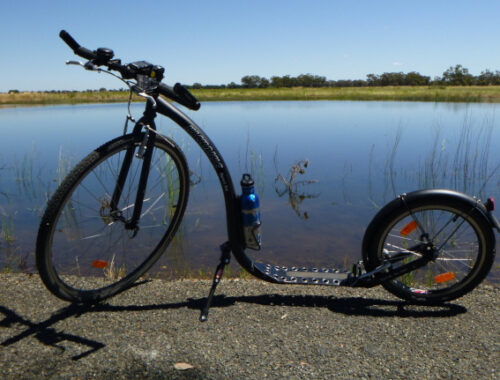
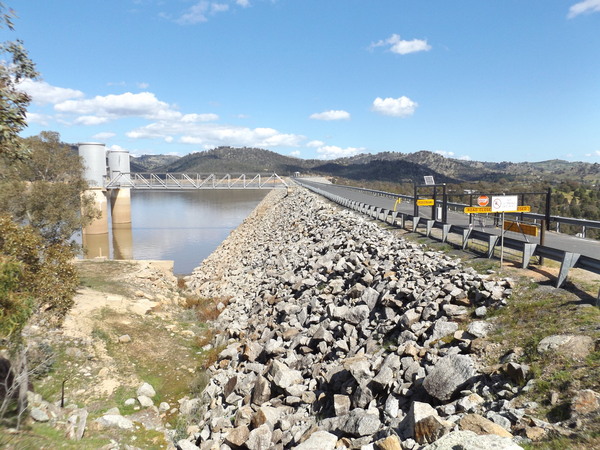


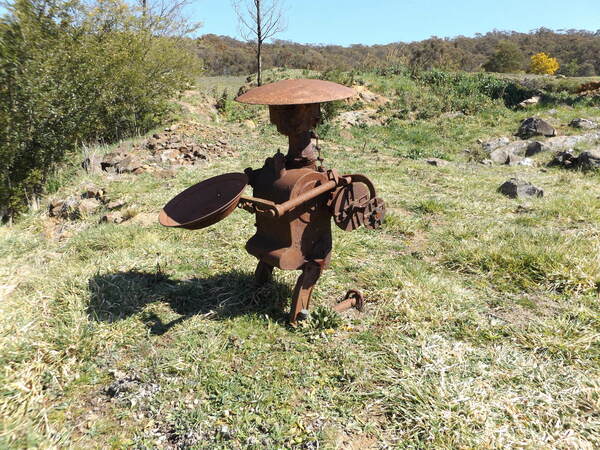

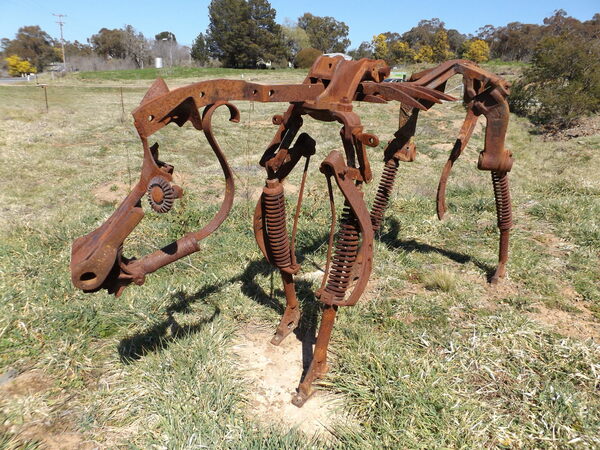
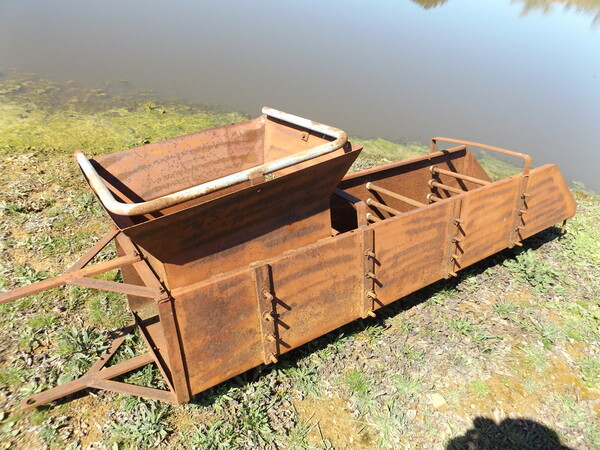
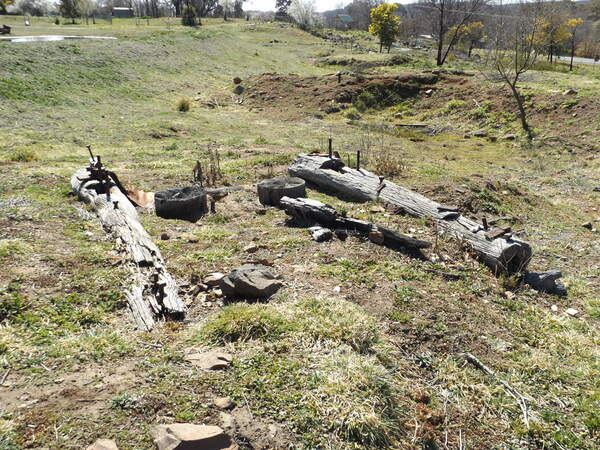
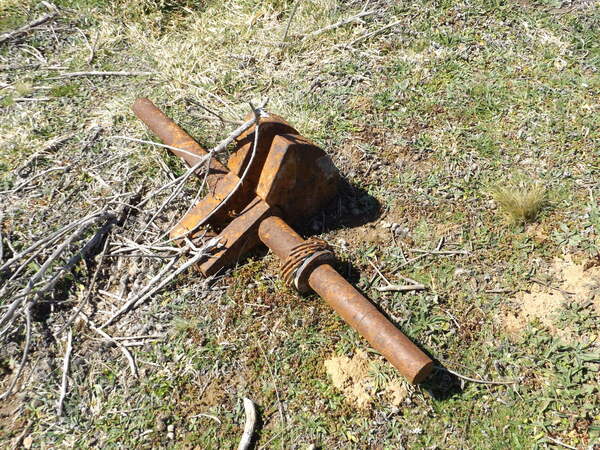
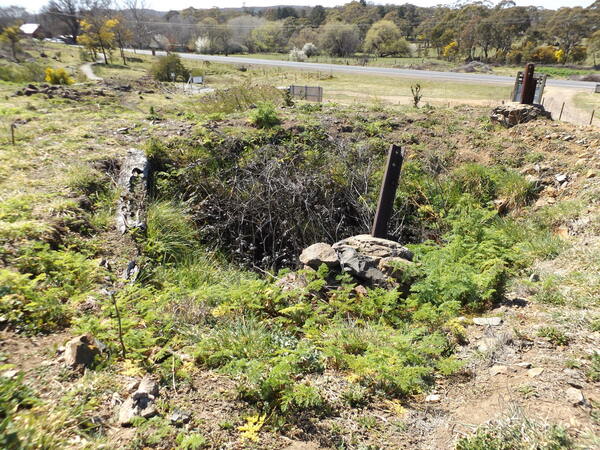
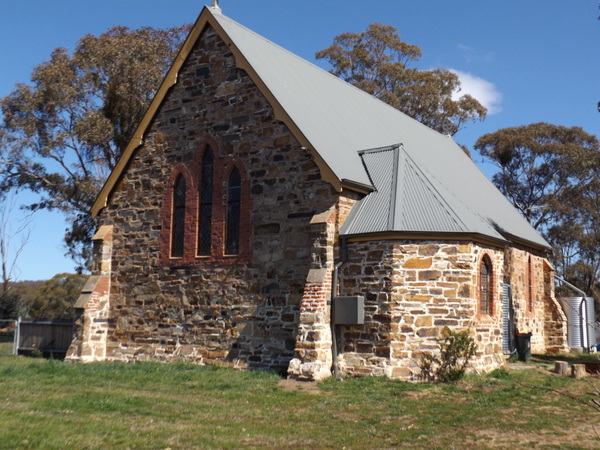
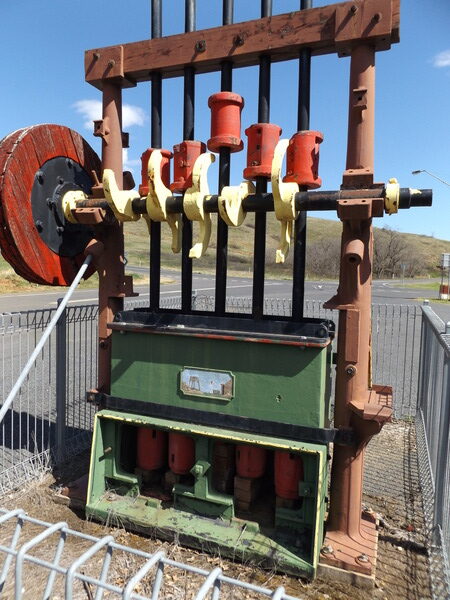

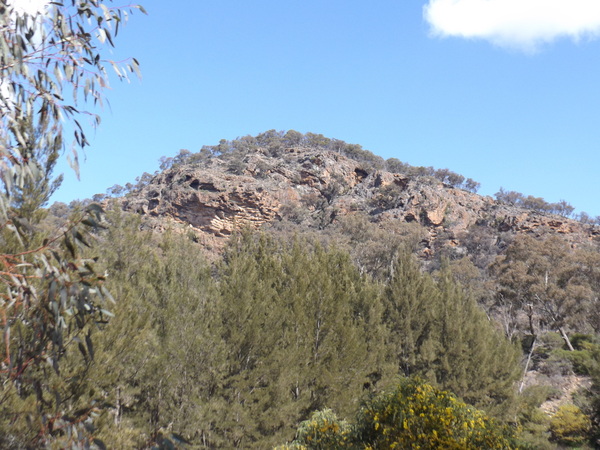

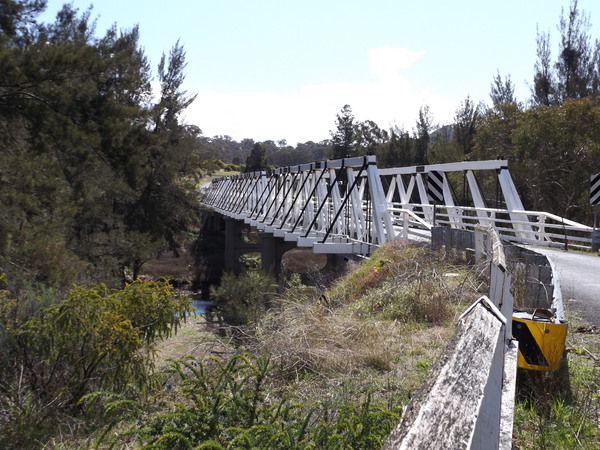
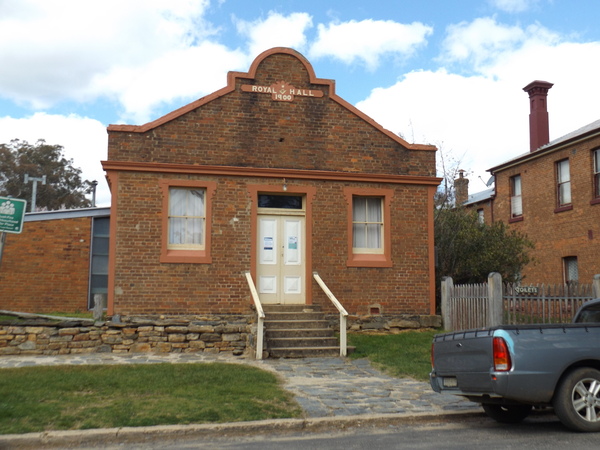
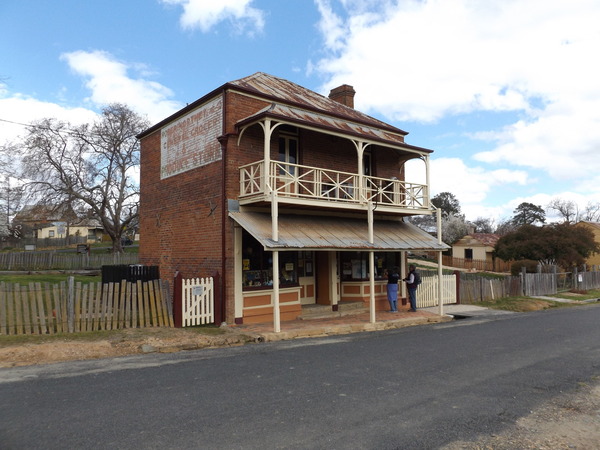

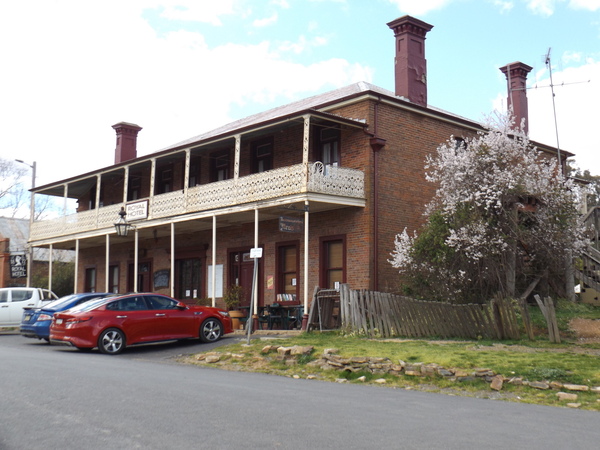
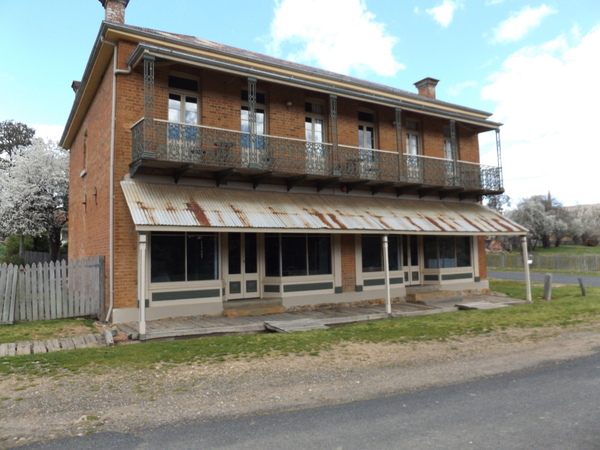
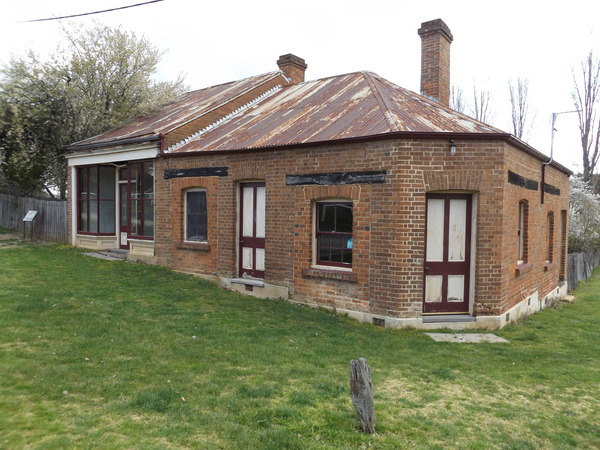
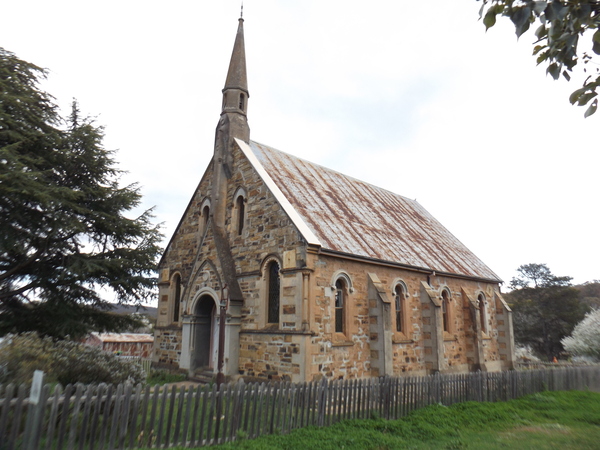

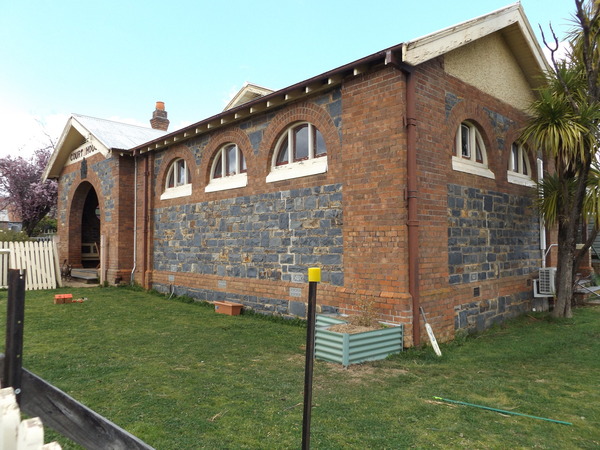
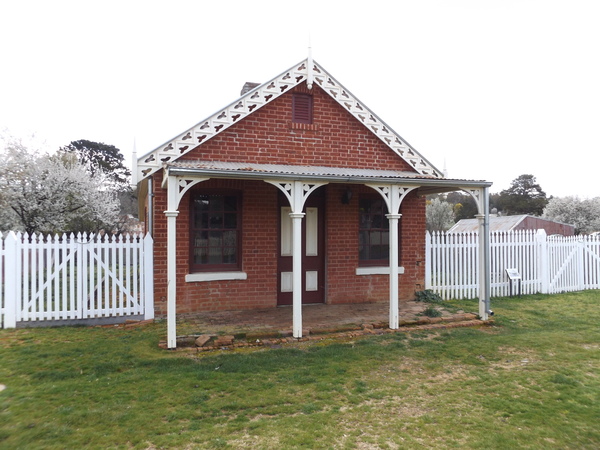
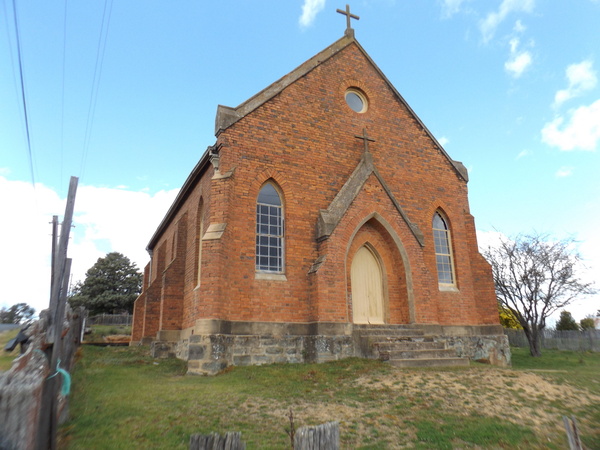
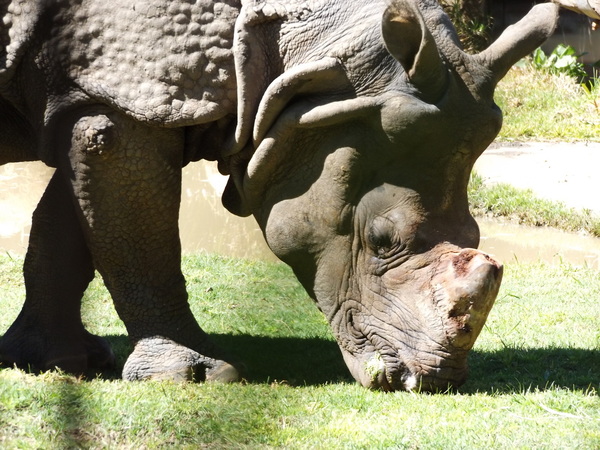
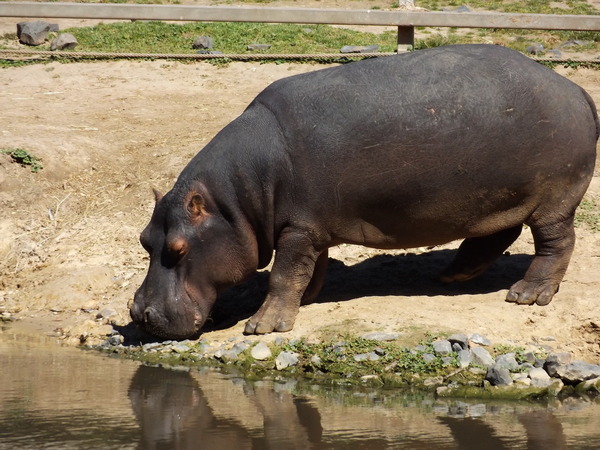
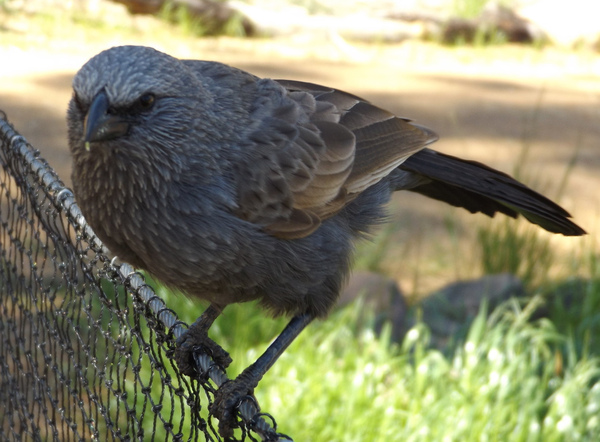
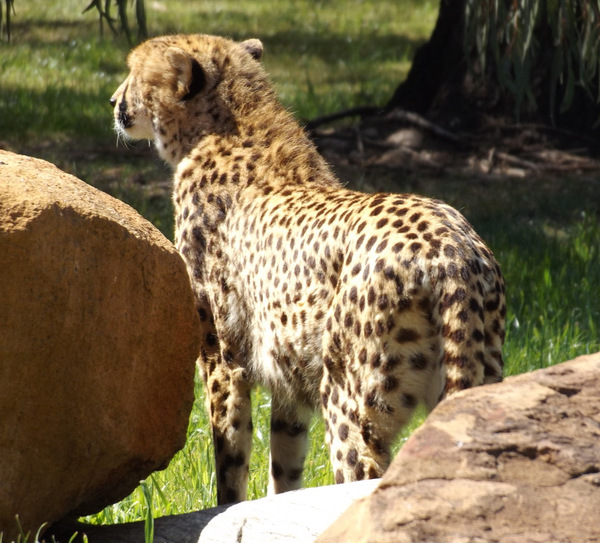
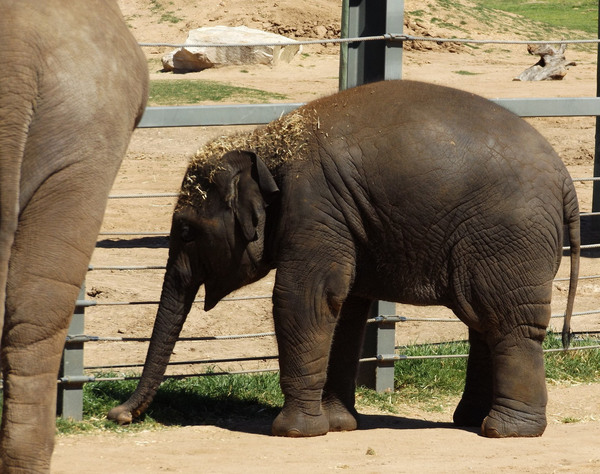
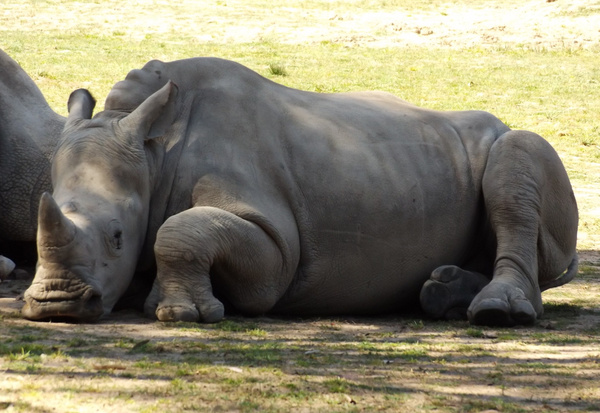
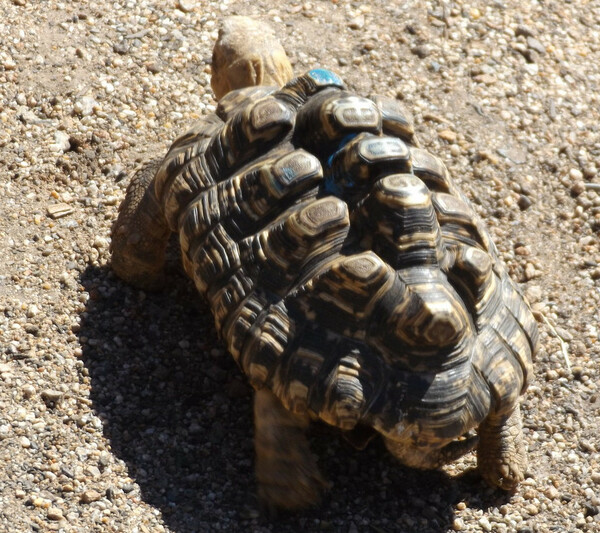
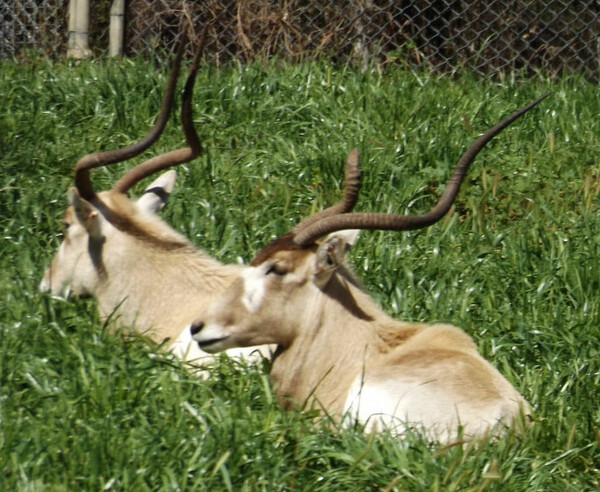

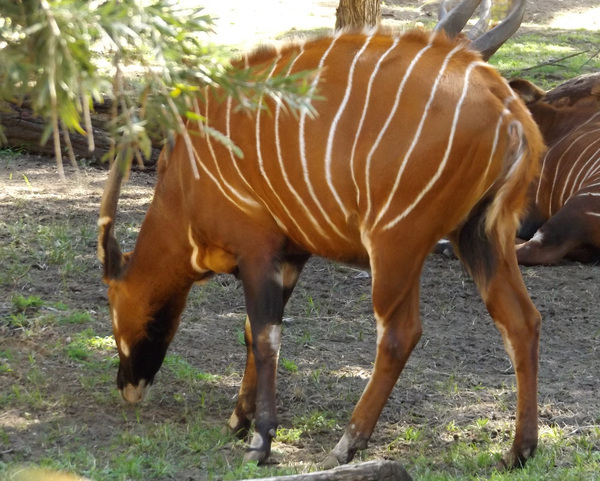

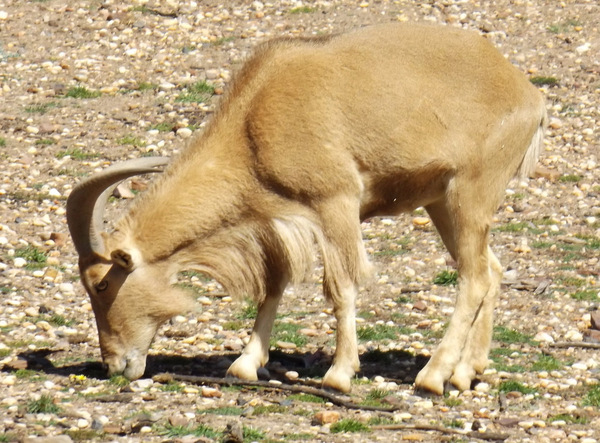
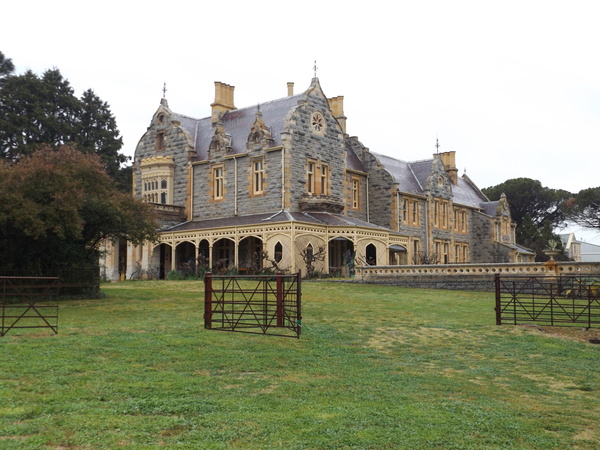
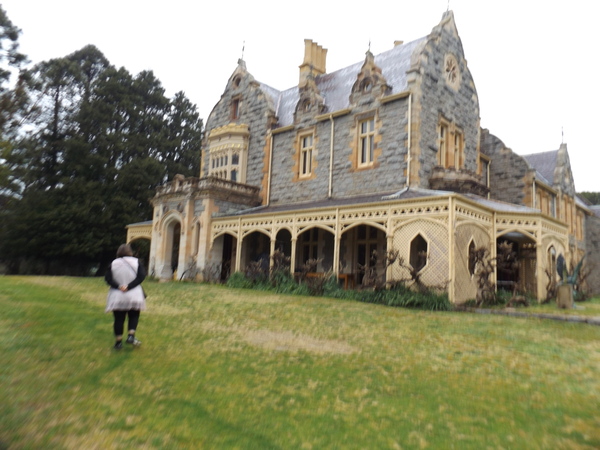
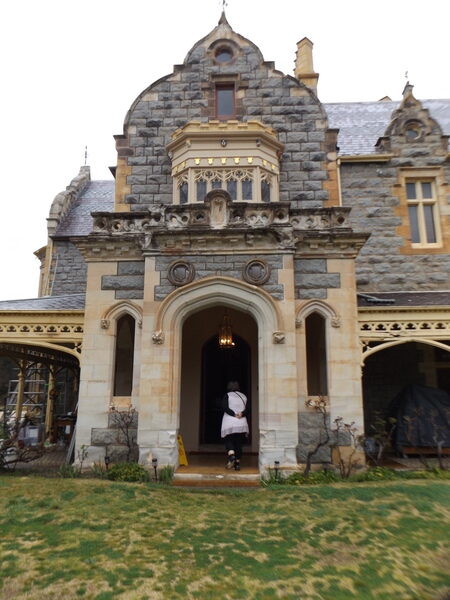
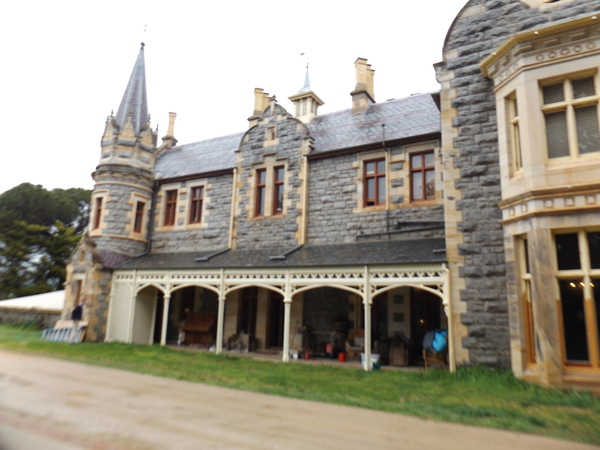
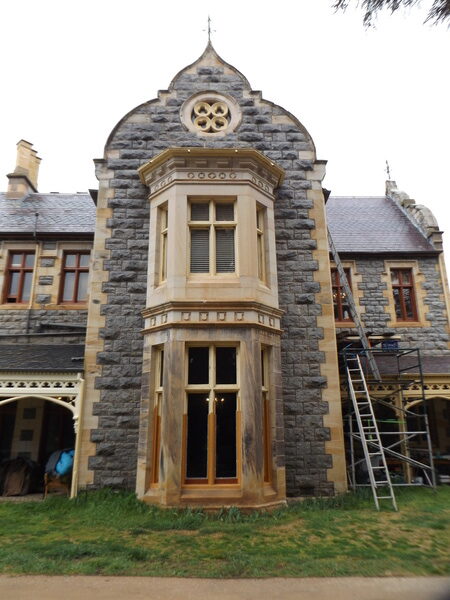

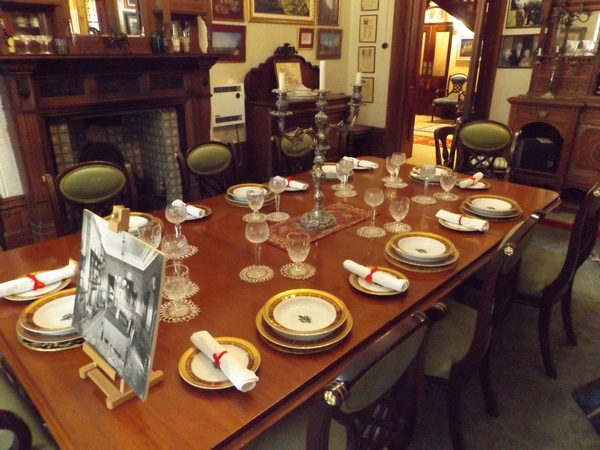
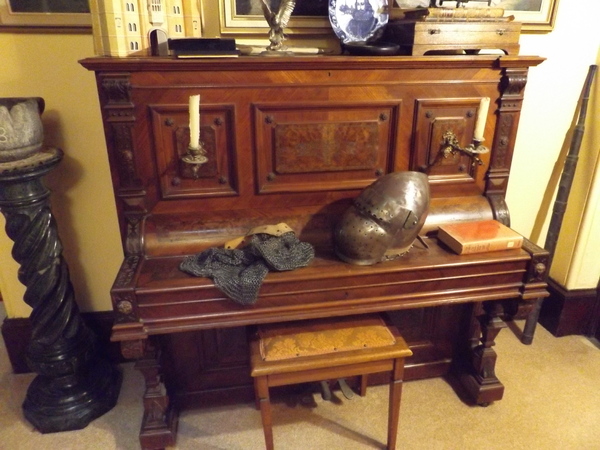
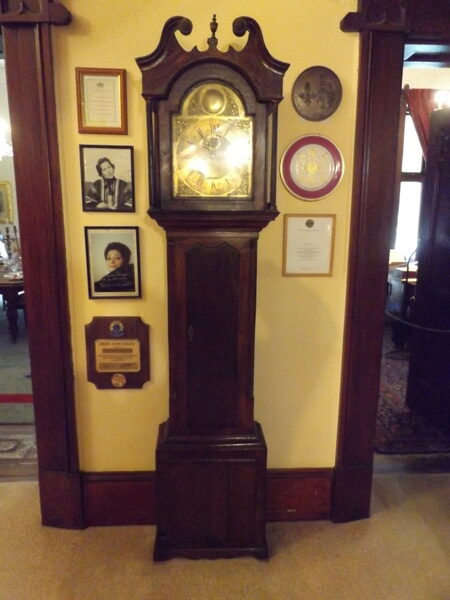
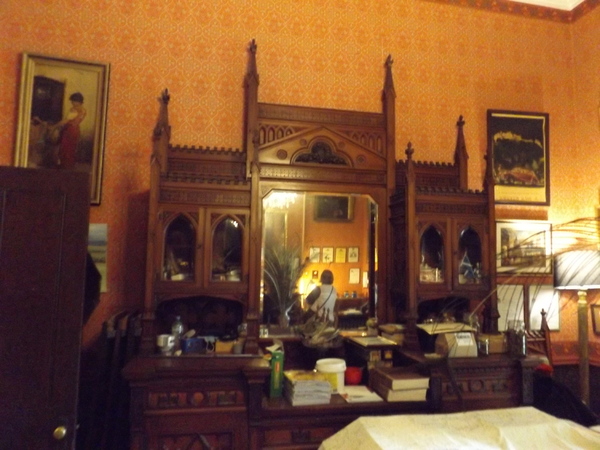

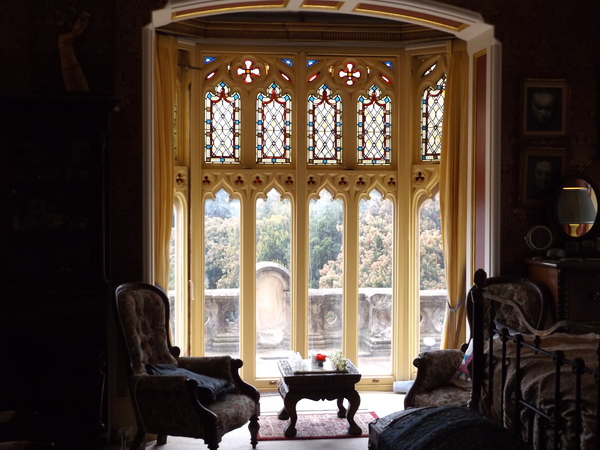
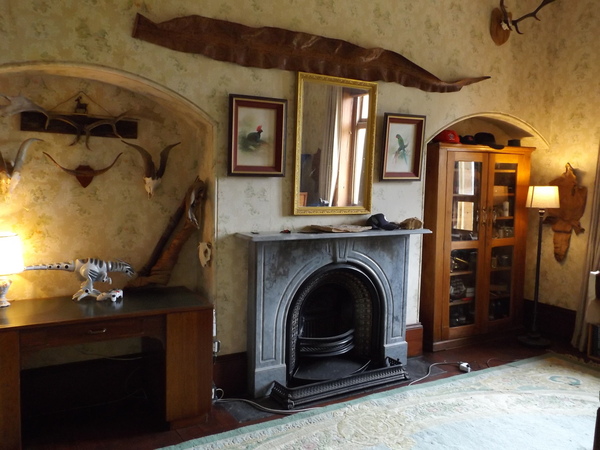
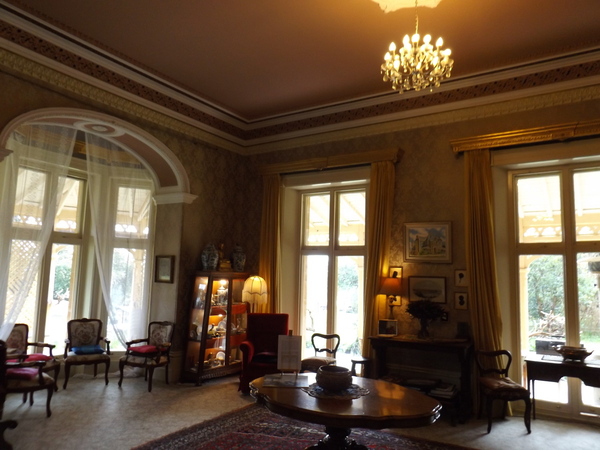
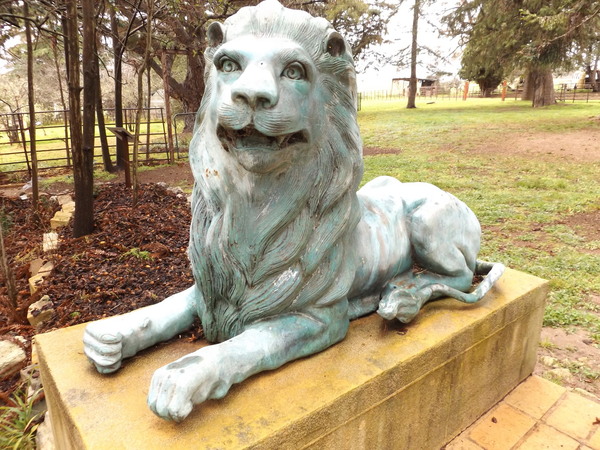
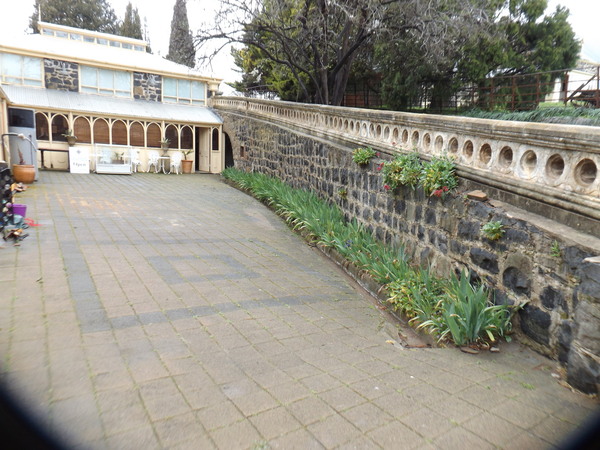

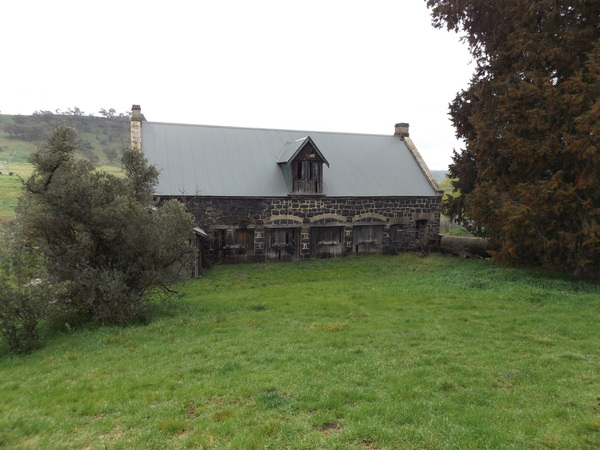
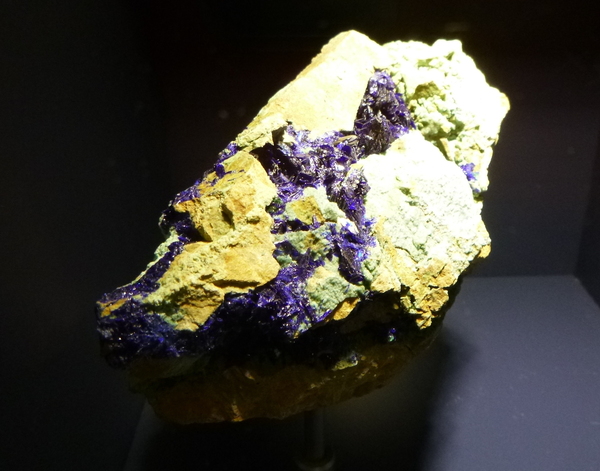

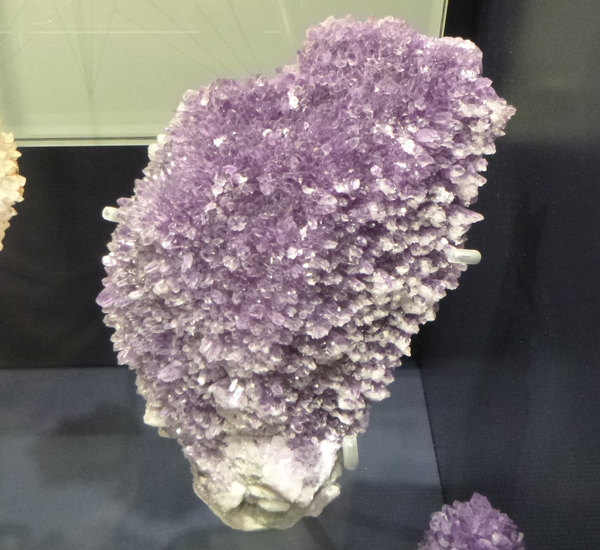
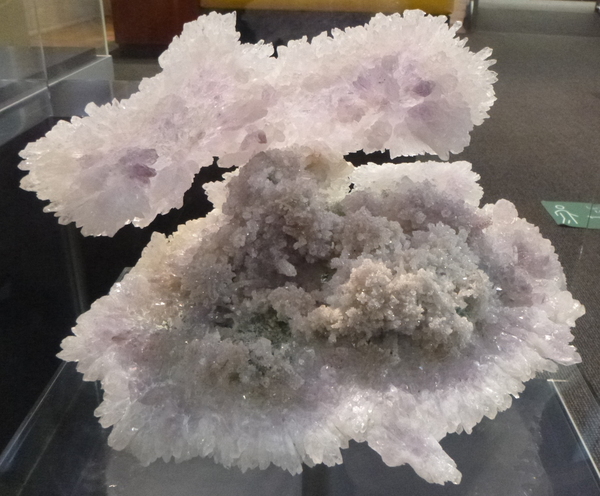
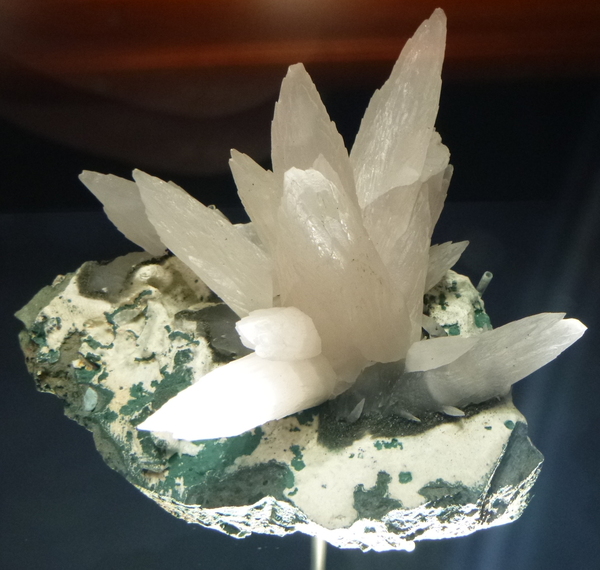
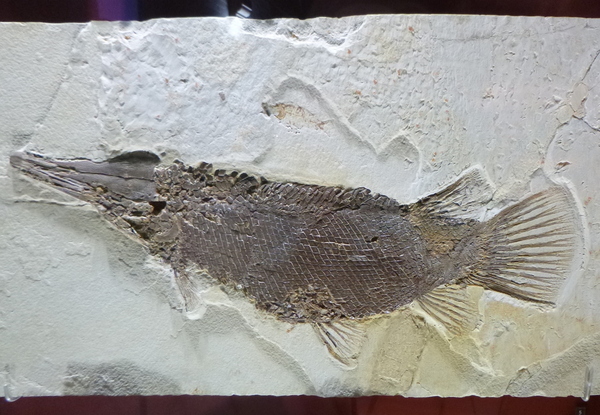
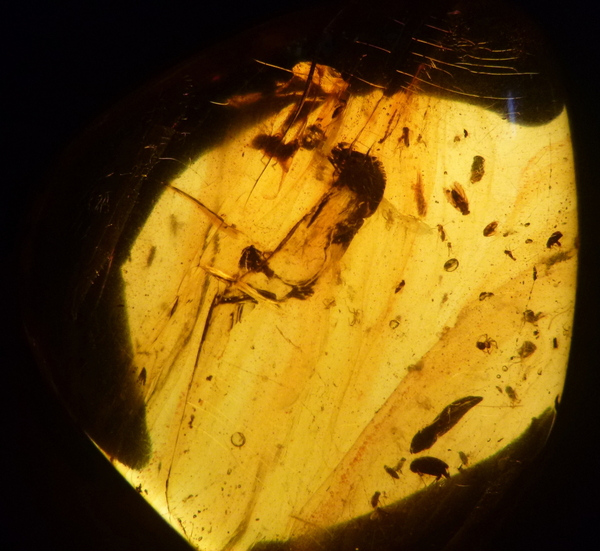
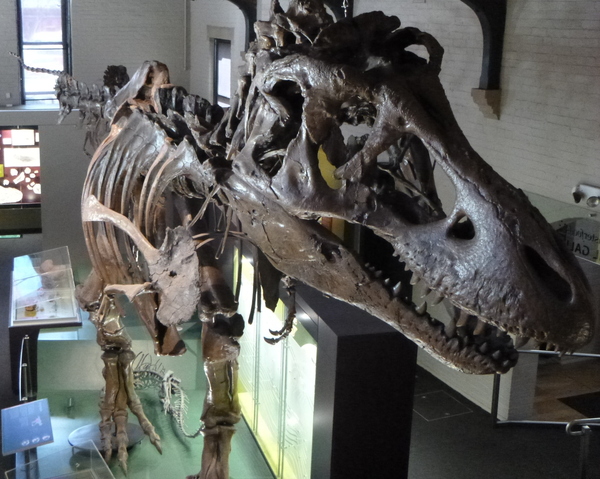
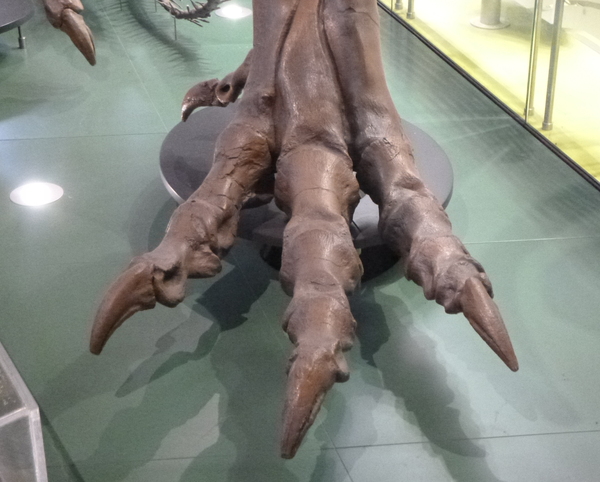
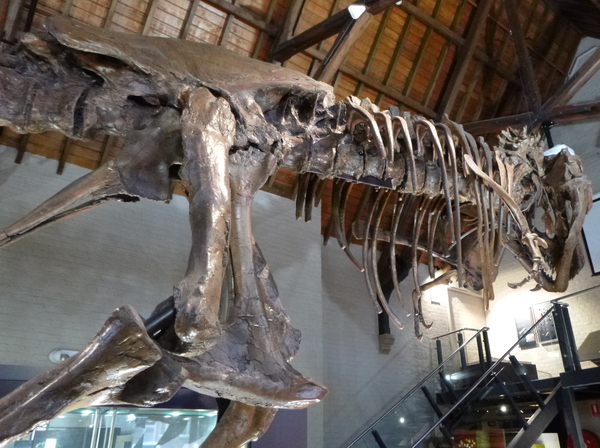
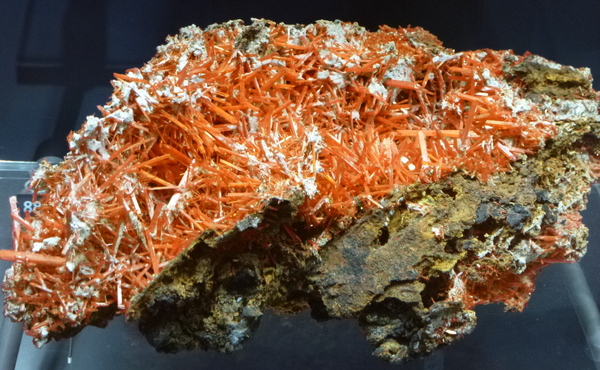
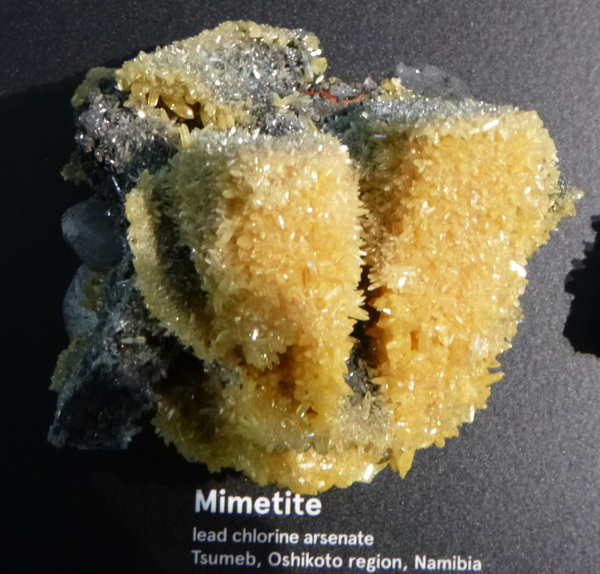
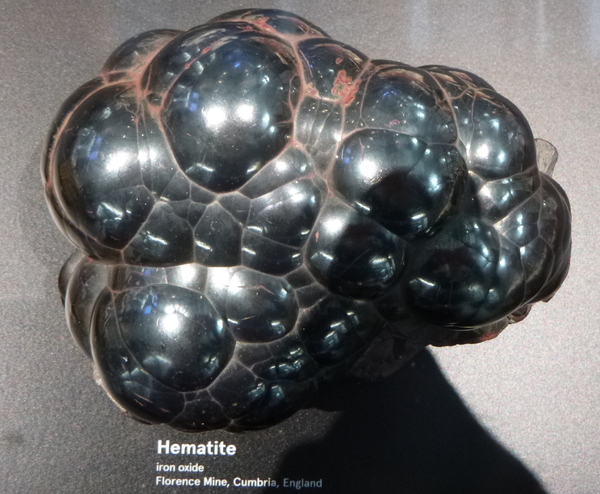
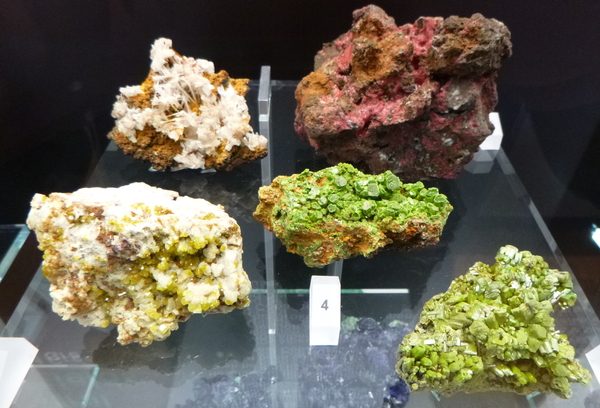
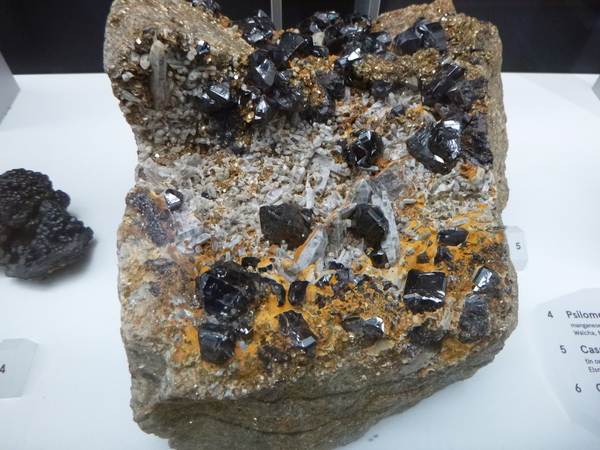
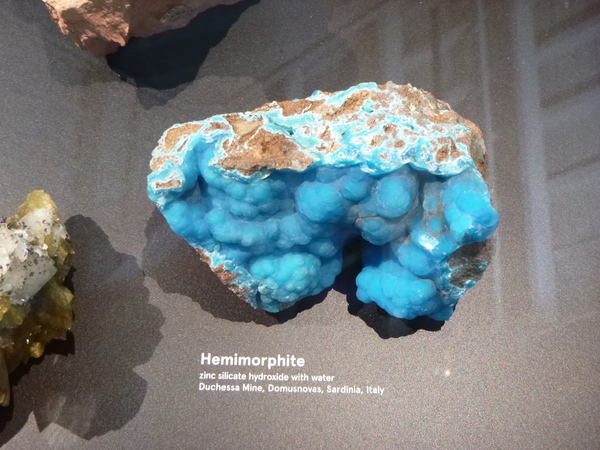

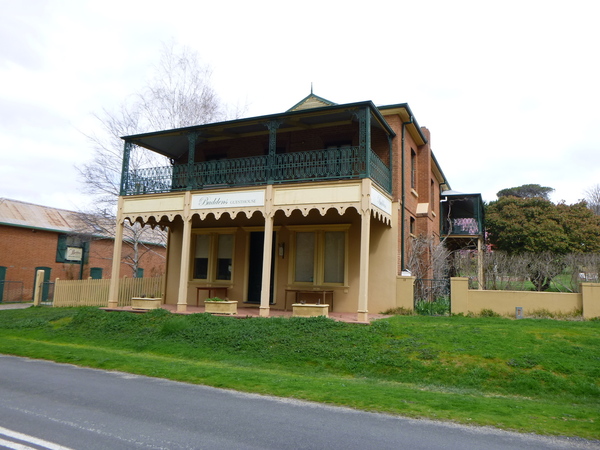
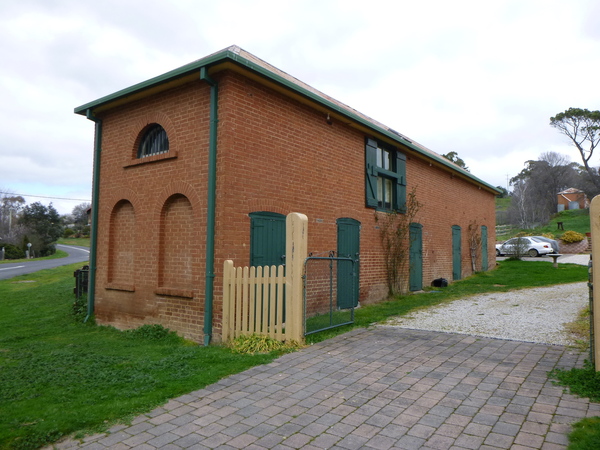

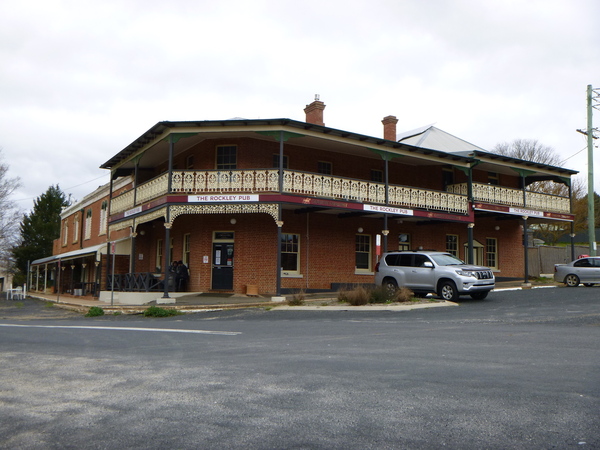
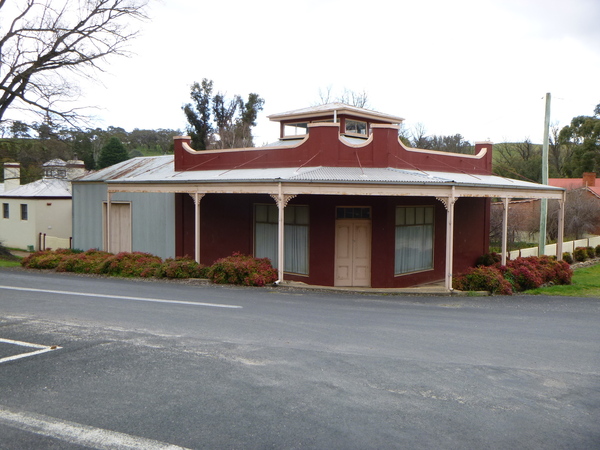
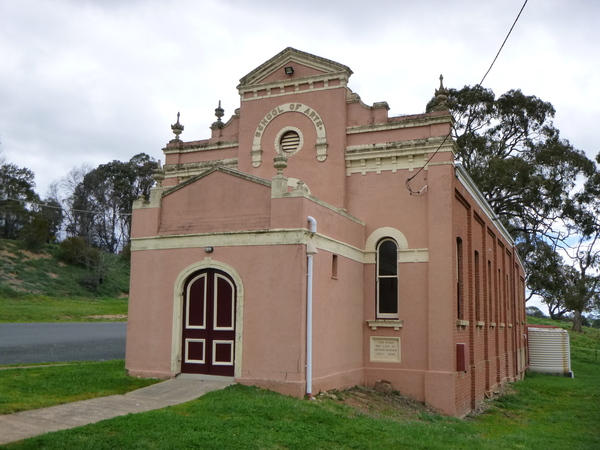
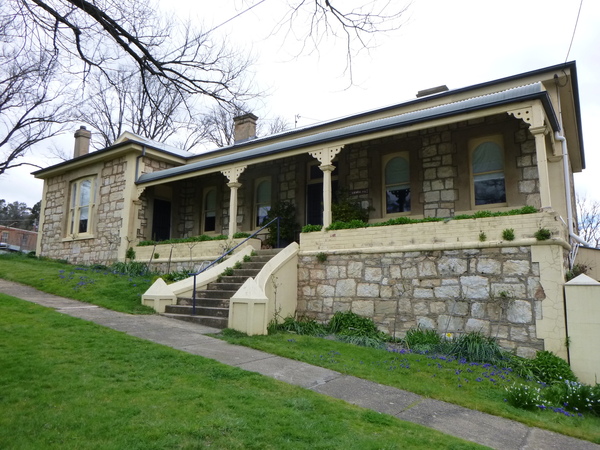
3 Comments
Mum
That was a very interesting trip from my computer this morning. Loved the photos, especially the old churches and buildings and the gold towns. Thanks James.
Sandra Rae Glew
Hey James,
I didn’t think you would be able to travel that far from Corowa with all the corona virus restrictions in place. Bathurst looks a lovely country town. I could take over Abercrombie House it looks magnificent. I do enjoy your holiday photos and information about all what you see.
Luv Sandy
jimslogolife
Hi Sandy.
In NSW the only restriction was when we went outside the ‘border bubble’ zone in Victoria. In NSW were are able to travel anywhere.
Love, James